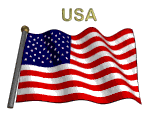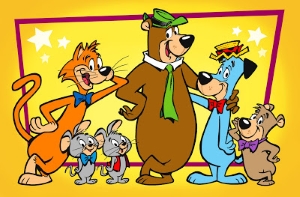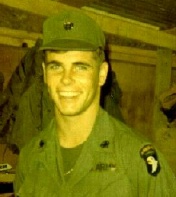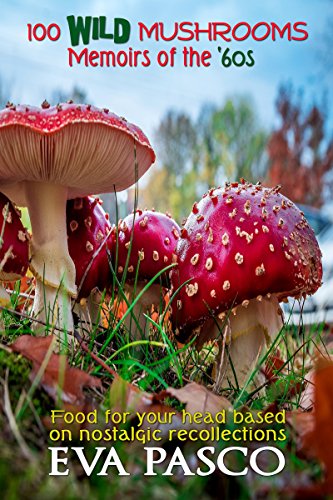
The 60s Official Site
"Where Music is Our Middle Name"
Quick Links
Your Daily Oldies Fix Top Ten Countdown Solid Gold Memories Jukebox Music
Vibration of a Nation Remember When Television of the 50s and 60s 60s Slang
Things You Just Don't Hear Anymore 60s TV Commercials Chickenman Episodes Woodstock This Weeks Number One Hits
The Early Years of Rock and Roll Vietnam War Myths
All the content menu is listed on the left menu border bar
he Huckleberry Hound Show
Huckleberry Hound is a fictional cartoon character created by Hanna-Barbera, and the star of the late 1950s animated series The Huckleberry Hound Show, Hanna-Barbera's second series made for television after The Ruff & Reddy Show.
Voiced by Daws Butler, Huckleberry was a blue dog that spoke with a southern drawl, with a relaxed, sweet, and well-intentioned personality. The term "Huckleberry" can be a slang synonym for a rube or an amateur, and that seems to fit Huck's personality. Most of his shorts consisted of Huck trying to find employment in different fields, ranging from policeman to (ironically enough) dogcatcher, with backfiring results, yet usually coming out on top, either through slow persistence or sheer luck. One regular villain in the series was "Powerful Pierre", a tall and muscular unshaven character with a French accent. Another trademark of Huck was his tone deaf (as well as inaccurate) rendition of " Oh My Darling, Clementine," often used as a running gag. Various Hanna-Barbera characters were known for frequently turning to the viewing audience to make little comments and asides (following the tradition of the Warner Bros. cartoon characters of the 1940s, which in turn copied Groucho Marx)[citation needed]. Huck took this to somewhat of an extreme, as a significant part of a typical cartoon was his running narrative to the audience about whatever he was trying to accomplish. Although the voice Butler gave to Huckleberry Hound resembles that of Andy Griffith (who had recently become famous in movies, though not yet on TV), Butler had already developed and used the voice in earlier work (such as the dog character in The Ruff & Reddy Show, and earlier characters in the MGM cartoon library). It was said to be based on the neighbor of his wife, Myrtis; Butler would speak with said neighbor when visiting North Carolina. Because some of Hanna-Barbera's early shows (The Flintstones, Top Cat) are acknowledged to be take-offs on celebrities and shows of the day, it is possible that the studio was partly capitalizing on Griffith's popularity in making use of the voice, but this was not its origin. After his original series ran its course, Huck continued to make appearances in other Hanna-Barbera series, mainly as a supporting character for his former costar, Yogi. Huck appeared in such series as Yogi's Gang, Yogi's Space Race, Laff-A-Lympics and even as a teenager in the series Yo, Yogi!. Huck was also the star of the 1980s made-for-television movie, The Good, the Bad, and Huckleberry Hound
|
|





